Use of a sight glass is probably the simplest method of measuring liquid level. The sight glass is attached to the outside of the tank so that the liquid level can be seen through the glass. The sight glass is marked with graduations to allow the level to be measured. The main disadvantage of this method is that it only gives level indication local to the vessel.
A visual indication of the level can be obtained when part of the vessel is constructed from transparent material or the liquid in a vessel is bypassed through a transparent tube. The advantage of using stop valves with the use of a bypass pipe, is the ease in removal for cleaning.
Types of Level Gauges:
Transparent Level Gauge
Transparent Level Gauges employ two transparent glasses fitted with a liquid chamber on either side. The liquid level is indicated as a result of difference in the transparent properties of the two media. For water / steam applications, an illuminator is mounted on the rear side of the gauge with its light rays deflected upward into the water column.
This enables the observer to see illuminated surface of the water as the light rays impinged on the surface of separation between water and steam are reflected back to the eye of the observer.
Magnetic Level Gauge
A float-containing magnet follows liquid level in the liquid chamber, which corresponds to the level in the tank. Position
of the float inside the chamber is indicated outside by bi-colored flapper embedded with magnet by 180 Deg rotation and setting into uniform color along the traverse of the float.
Reflex Level Gauge
The principle of Reflex Level Gauges is based on the difference in the refractive indices of liquid and vapor. The liquid column is contained within the recess of the liquid chamber behind the sight glass, which is clamped to the gauge body. The sight glass has prismatic right-angled grooves on the side facing the liquid and vapor space. Light rays entering from outside the gauge are either absorbed or reflected depending upon whether they enter the liquid or vapor space. When the ray of light encounters the surface of one of the grooves in the vapor space, it is reflected to the opposite surface of the grooves and from there, totally reflected back to the direction of observation.
Thus, vapor space appears as silvery white. When the light ray encounters the surface of the grooves in the liquid space, it is totally absorbed, thereby making the liquid behind the glass appear black. These gauges are used for measuring the level in a vessel.
Simple Sight glass level indicator
Advantages
- Very simple
- Inexpensive
Disadvantages
- Not suitable for automated control.
- Maintenance – requires cleaning
- Fragile – easily damaged
Applications/Limitations
These are not highly suited for industrial applications as manual viewing and transmission of information is required by the operator.
Applications of such level measuring devices can be seen in tanks for the storage of lubricating oils or water. They provide a very simple means of accessing level information and can simplify the task of physically viewing or dipping a tank. They are, however, generally limited to operator inspection.
Sight glasses are also not suitable for dark or dirty liquids. This type should not be used when measuring hazardous liquids as the glass-tube is easily damaged or broken. In installations where the gauge is at a lower temperature than the process condensation can occur outside the gauge, impairing the accuracy of the reading.
Summary
Simple sight glasses are an older technology and are very seldom used for automatic control applications.
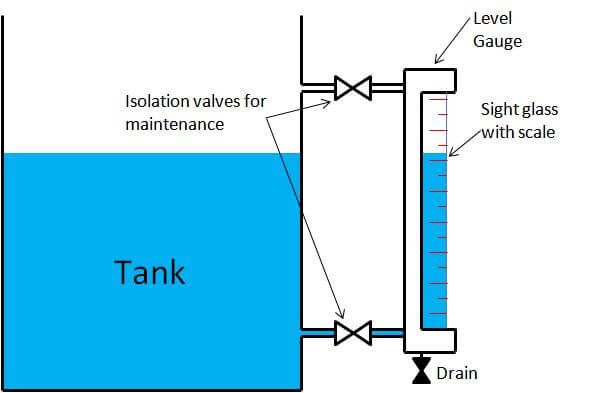
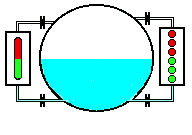
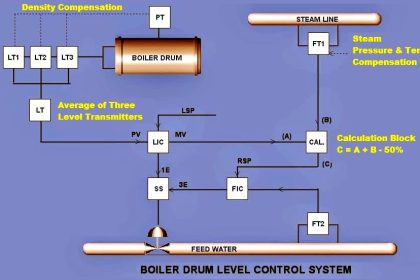
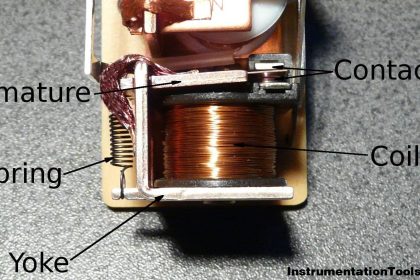
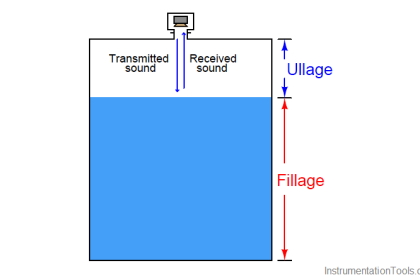
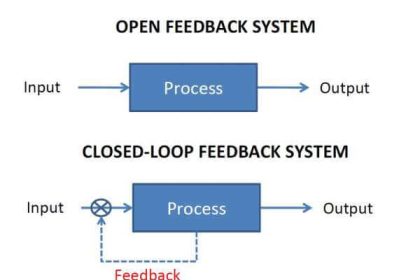
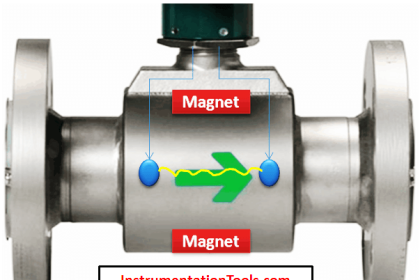
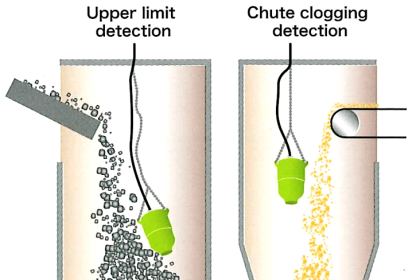
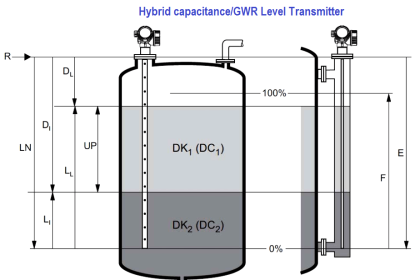
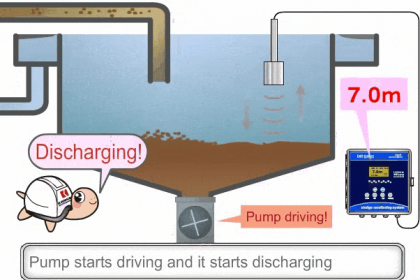

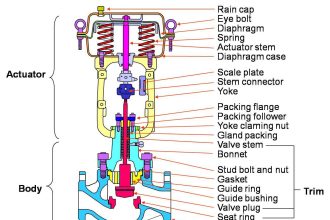
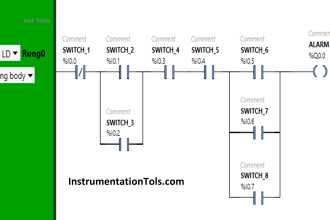

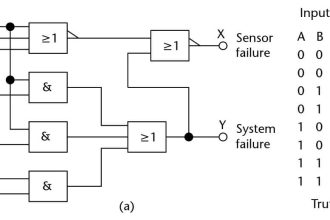



NICE ONE SIR , GOOD JOB KEEP IT UP!!!
please how do we calibrate guided wave radar GWR level transmitter in the field.